On this page you can find two free woodworking plans that you can use for making Mortise gauges.
As the name suggests, this hand tool is used for marking out a mortise and tenon joint. Mortise gauges are made with two spurs (nails) which mark two lines parallel to the edge of a workpiece, showing the position of a tenon or mortise or a similar joint. This avoids having to score two lines separately, and makes for greater accuracy. The spurs must be able to move independently, and be locked in any position by the fence. The spurs are made from nails cut down and hammered.
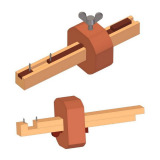
Mortise gauge plan (locking screw version): 64mm (2.52'') x 87mm (3.43) x 200mm (7.87'')
Mortise gauge plan (wedge version): 80mm (3.15'') x 60mm (2.36'') x 200mm (7.87'')
The mortise gauge consists of several parts:
- Beam (stem, bar)
- Stock (head, fence)
- Slider (carrying a movable spur)
- Two spurs (pins) - One pin is fixed and the other is attached to an adjustable slide.
- Locking (tightening) part – wedge or locking screw
There are various types of mortise gauges, and here we present to you the plans for two types: Locking screw version and Wedge version.
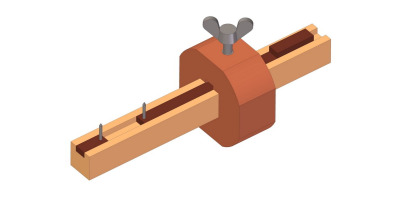
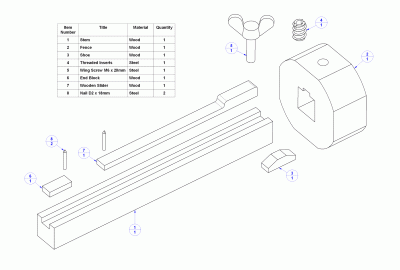
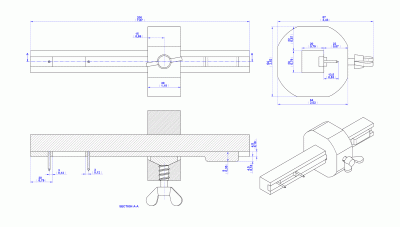
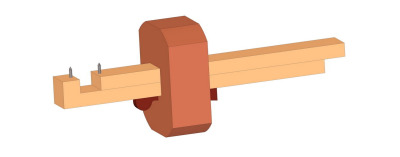
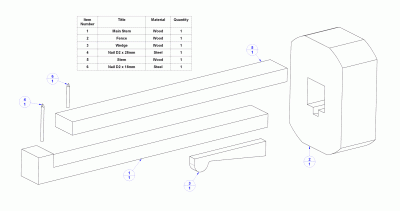
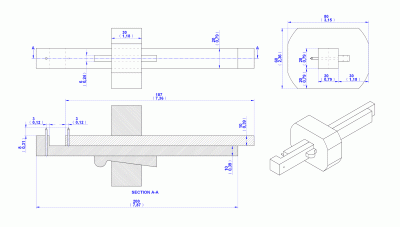
How to use Mortise gauge marking tool:
- Loosen the locking screw (or wedge) so that the beams slide easily through the stock.
- Set the movable spur at a distance from the fixed spur equal to the width of the mortise (usually width of the mortise chisel you intend to use).
- Lock the movable spur in position by tightening the locking screw or by tapping the back of the wedge
- Check the distances of the spurs
- Apply the gauge to the stock
The mortise gauge is not a common tool these days due to the fact that, if you are careful enough, the same work can also be done quite precisely with a marking gauge, or even with a ruler and a pen.